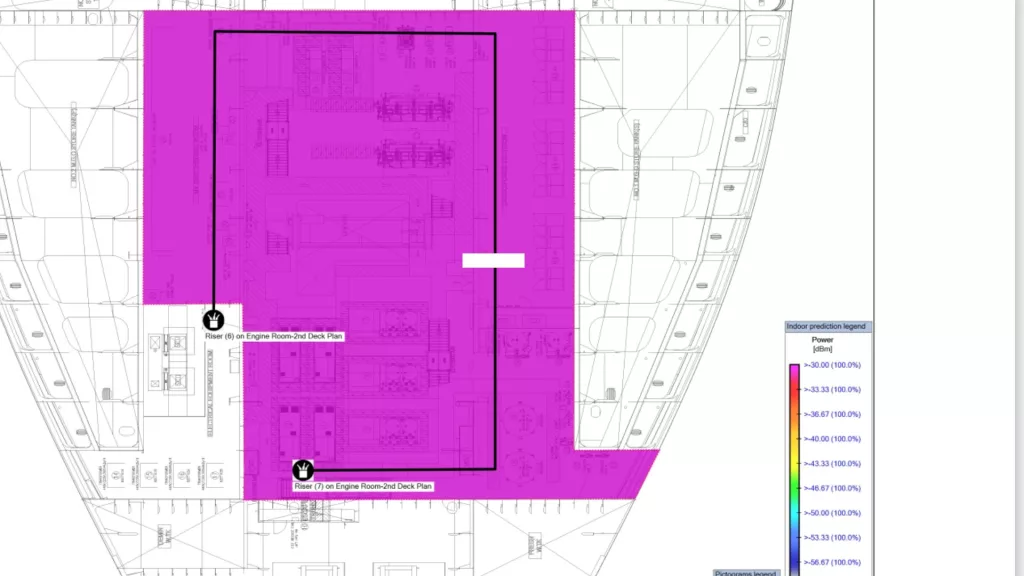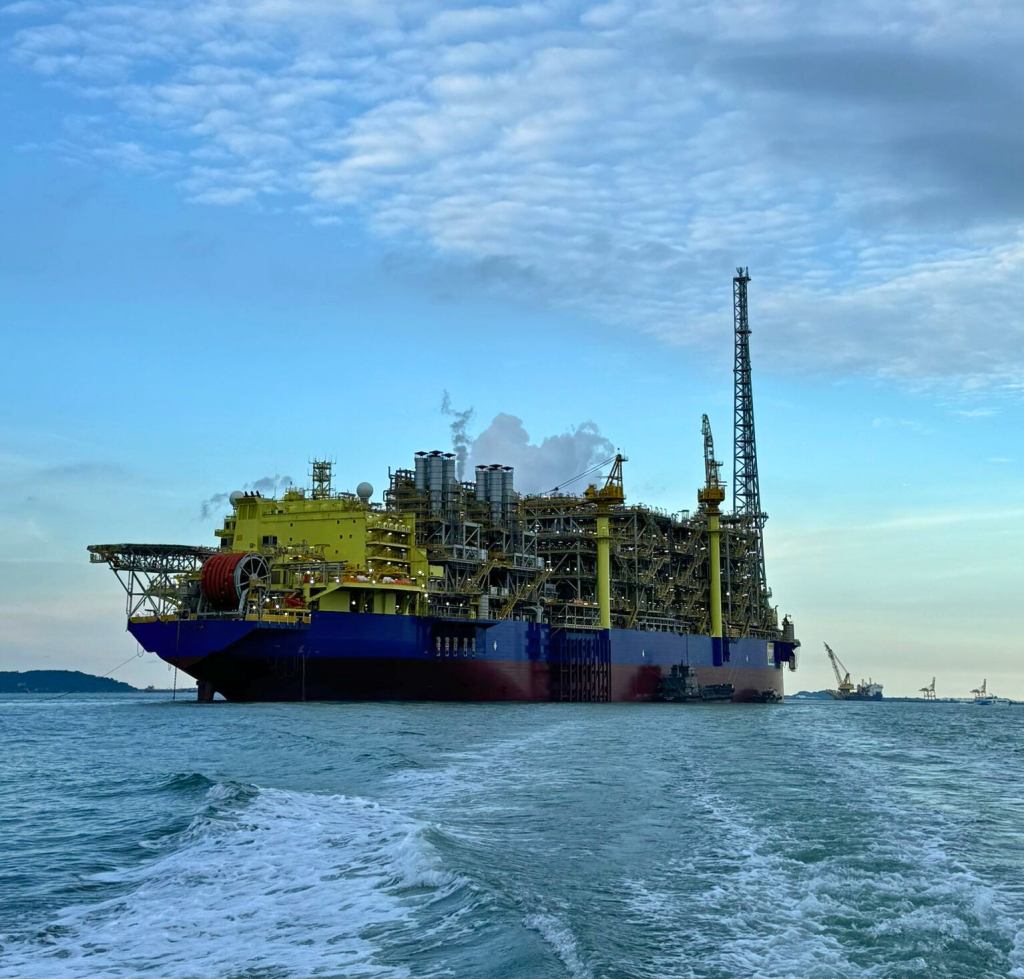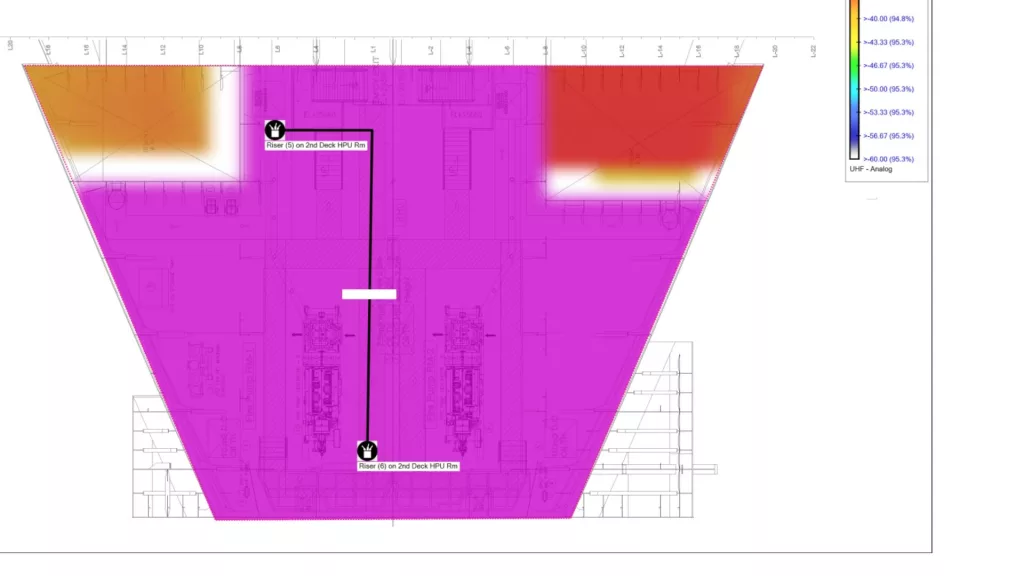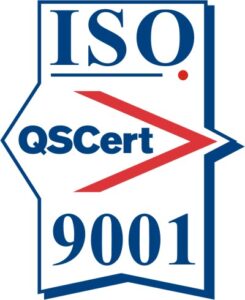Radio coverage studies are critical in many industries, helping to ensure reliable communication between workers and control centers, including in remote and challenging environments.
These studies involve the evaluation of radio wave propagation characteristics, including signal strength, coverage, and interference, among other factors.

Factors to Consider in a Radio Coverage Study
Terrain
A radio coverage study should take into account the terrain of the site, including any natural features such as mountains, hills, or valleys that can affect signal strength and coverage.
Weather Conditions
Weather conditions such as rain, fog, and snow can also impact radio signal propagation.
Antenna placement
The placement of radio antennas can significantly affect the coverage area and signal quality, so careful consideration should be given to their location and orientation.
Frequency selection
The selection of the appropriate radio frequency is also critical for ensuring reliable communication and radio coverage studies should evaluate different frequency options in order to determine the most suitable one for the specific site.
Interference
Interference from other radio sources or electronic equipment can also affect radio coverage, therefore the study should evaluate potential sources of interference and take steps to minimize their impact.
System redundancy
System redundancy should be considered, including backup systems, to ensure continuous communication in case of system failure or other issues.
Case Study: Radio Coverage Studies for FPSOs
Radio coverage studies for FPSO vessels are important to ensure the safety and efficiency of those working onboard.
These studies involve:
1. Assessing the signal strength, coverage, and interference of radio waves to ensure reliable communication between the FPSO vessel and other offshore facilities.
2. Special consideration to weather and antenna placements
3. Compliance with relevant regulations and standards governing radio communication in the offshore industry.
For example, those issued by the International Maritime Organization (IMO) and local regulatory bodies.

How are Radio Coverage Studies Conducted?
Site Survey
Engineers typically start by conducting a site survey to assess the location and surrounding environment. This survey may involve physically visiting the site or using satellite imagery and maps to assess the terrain and other features that may affect radio wave propagation.
Antenna selection and placement
Antennas are selected and placed in strategic locations to maximize signal strength and coverage. Their orientation can also affect signal propagation.
Equipment setup
Once the antenna locations have been identified, engineers set up specialized equipment such as spectrum analyzers, signal generators, and receivers to measure the signal strength and coverage of the radio waves in the area.

Data collection
The equipment is used to collect data on radio wave propagation, including signal strength, coverage area, and potential sources of interference. Data is usually collected at multiple locations to get a comprehensive understanding of radio wave propagation throughout the site.
Analysis and simulation
Engineers then use specialized software tools to analyze the data and create simulation models that can predict signal propagation characteristics in the site. These models are used to identify potential issues and make recommendations for optimizing radio coverage.
Why Choose Vivo Asia
Vivo Asia is an expert team of engineers who specialize in telecom, IT and ELV systems for harsh and hazardous environments. Our engineers are well-versed in industry standards and have successfully conducted several radio coverage studies, as well as Wifi coverage studies and sound coverage studies.





